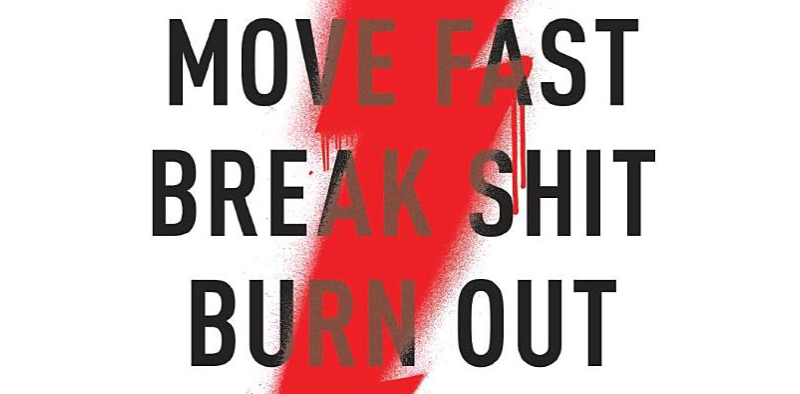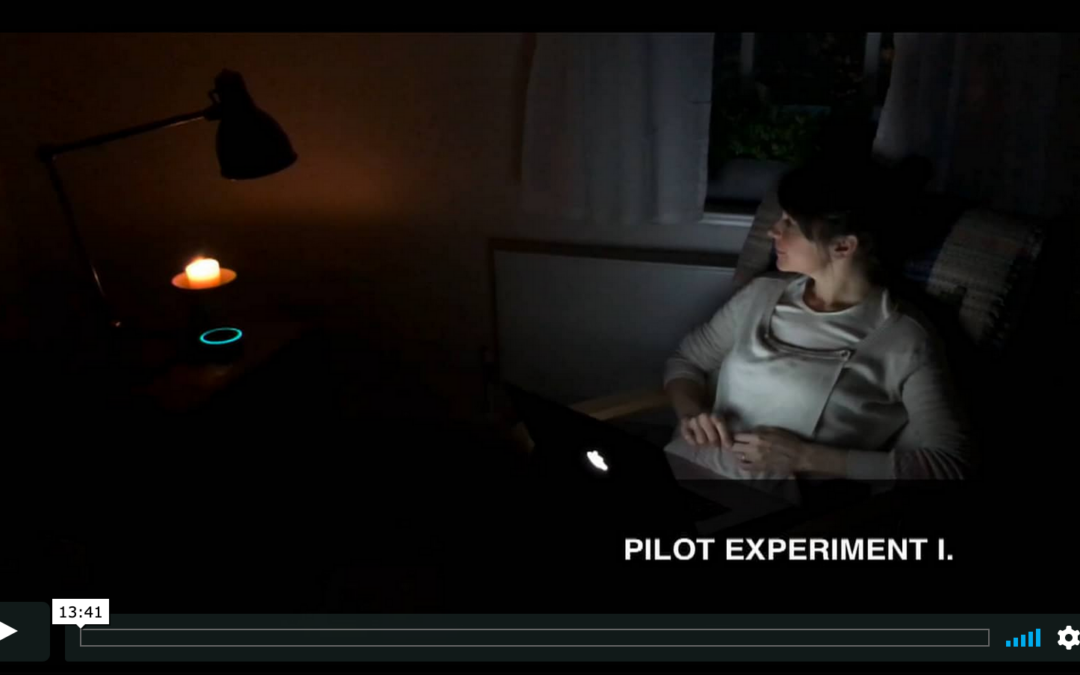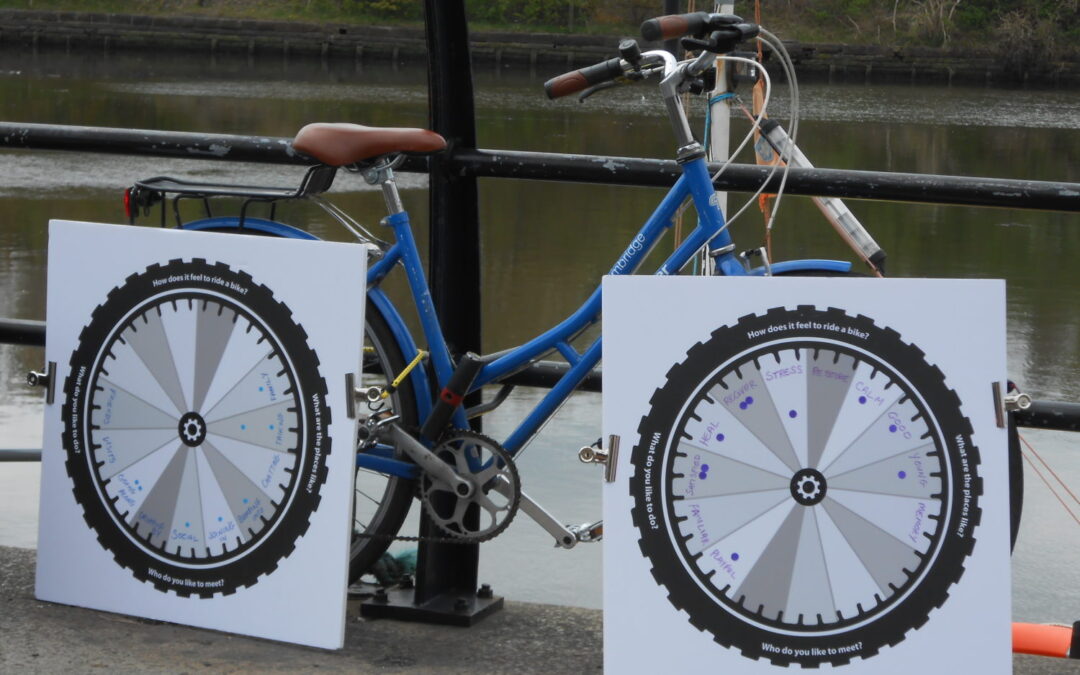Move Fast, Break Shit, Burn Out: The Catalyst’s Guide to Working Well Tracey Lovejoy and Shannon Lucas 2020, 305 pp, Lioncrest As I write this, we’re just a few months into 2021, and, well, the world hasn’t magically changed. When the clocks ticked over on December 31, it felt as if there was a...










